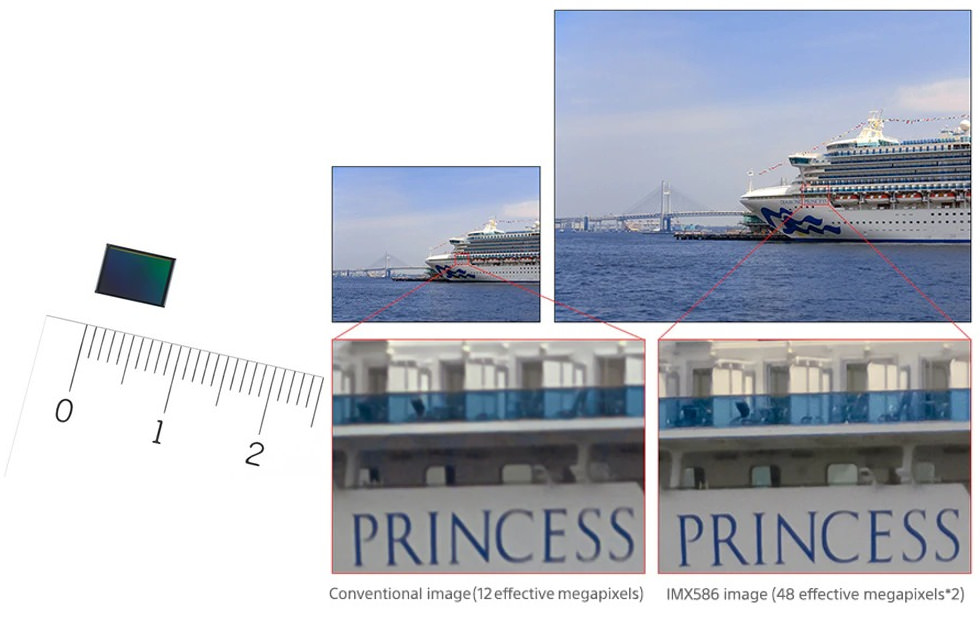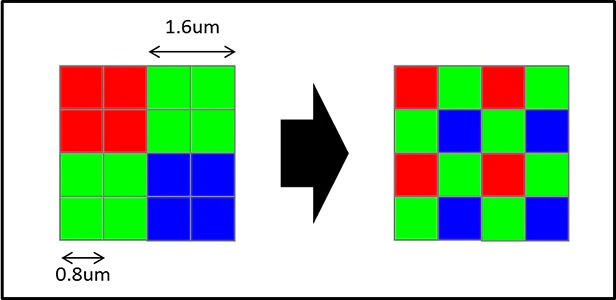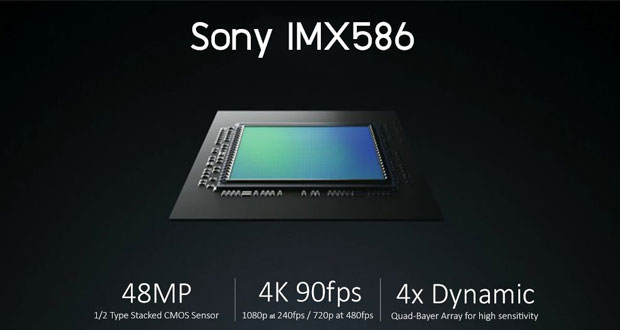Sony IMX586: Here is the new 48 Megapixel sensor for smartphones
Sony has announced a new smartphone sensor that could bring back the fight against the megapixel smartphone.
Not long ago, smartphone makers entered a real battle at the Megapixel. At least in terms of marketing the quality of the camera was explained with the maximum resolution of the shot, even if a higher number of pixels did not always correspond to a higher number of details.
Over time, except for sporadic cases, the situation has changed, with the various companies that have focused on other aspects to tell the public the qualities of their cameras. The trend of this generation, for example: is the AI.

But the battle at the Megapixel could come back with the new Sony IMX586 which, in the same space as a traditional sensor, can shoot at a maximum resolution of 48 Megapixels. At the same time, the Japanese promise not only a higher resolution of the images, but also better performance for shots with low light in the environment. Sony smartphones are not the best in the category in terms of photography. However, it is to be known that as regards the sale of image sensors for mobile devices, Sony is the undisputed leader.
Its sensors can be found in all market segments, and also on the vast majority of the top of the range on the market (even among direct competitors). And 48 Megapixel sensor could increase the gap in terms of technology with the competition: the 1/2-inch sensor, has a length of 8 mm and every single pixel measures 0.8 micrometers.
The new Sony IMX586 also uses a Quad Bayer color filter in which each 2×2 pixel matrix uses the same color. This can be useful, for example: in conditions with low light in the environment.
 Combining the results of the four pixels, Sony can promise a very high quality reducing the resolution to 12 Megapixels, while in bright environments can offer a greater number of details thanks to the high maximum resolution.
Combining the results of the four pixels, Sony can promise a very high quality reducing the resolution to 12 Megapixels, while in bright environments can offer a greater number of details thanks to the high maximum resolution.
Considering the timing of the announcement, we can assume that the new sensor will be shown for the first time at IFA 2018, which will be held next September. Going even farther with the imagination, we can also assume that the sensor can be installed on Sony Xperia XZ3 and on the other top of the range in the finishing line by the end of the year.

